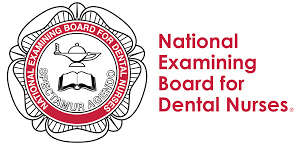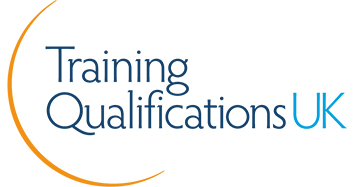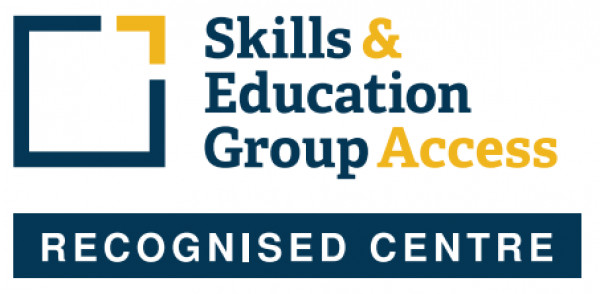Basic Life Support and CPR
- SALE Savings End Midnight Tuesday 12th December
- SALE Savings End Midnight Tuesday 12th December
Basic Life Support and CPR
This Course at a Glance
- Gain life-saving skills
- Verifiable CPD course
- Zoom and Tutor Led Training
- Enhance your career prospects
- Provide a better standard of care for patients
About your CPD Course
Getting Started
Next Course Date:
Modules
- Guidance and Regulation Specific to Dental Practices
- Emergency Drug and Equipment Requirements
- DR ABC DE
- Managing the Conscious and Unconscious Patient
- Defibrillator Supported Cardiopulmonary Resuscitation
- Signs, Symptoms and Treatment of Medical Emergencies in the Dental Setting
- The Provision of CPR in Primary Dental Care During the COVID 19 Pandemic
Entry Requirements
Qualified dental nurse who is on the General Dental Council Register to enrol on our Continuing Professional Development (CPD) course
Minimum Age restriction
Min age: 16
Exams required
N/A - verifiable CPD hours
Is Membership Required?
Learner Required To Purchase Membership
Additional requirements
This is a three hours CPD course which is presented on Zoom
Certification Timeframe
Within 7 days of attending the course
Course Fees
All course fees, inclusive of all payment plans including our Premium Credit Limited option, must be settled before certification can be ordered.
*You will have access to the course for 24 months.

Please note, there are no assessments in this course. Upon successful completion of the course modules, you will be able to perform the new learned duties in practice, but only under the prescription of a Dentist.
On successful completion of this course, you will receive a learndirect Certificate of Completion for this Continuing Professional Development (CPD) course.
Your course certificate will also state the number of CPD points/hours the course is eligible for.
Frequently Asked Questions
- SALE Savings End Midnight Tuesday 12th December
- SALE Savings End Midnight Tuesday 12th December
Basic Life Support and CPR
This Course at a Glance
- Gain life-saving skills
- Verifiable CPD course
- Zoom and Tutor Led Training
- Enhance your career prospects
- Provide a better standard of care for patients
About your CPD Course
Getting Started
Next Course Date:
Modules
- Guidance and Regulation Specific to Dental Practices
- Emergency Drug and Equipment Requirements
- DR ABC DE
- Managing the Conscious and Unconscious Patient
- Defibrillator Supported Cardiopulmonary Resuscitation
- Signs, Symptoms and Treatment of Medical Emergencies in the Dental Setting
- The Provision of CPR in Primary Dental Care During the COVID 19 Pandemic
Entry Requirements
Qualified dental nurse who is on the General Dental Council Register to enrol on our Continuing Professional Development (CPD) course
Minimum Age restriction
Min age: 16
Exams required
N/A - verifiable CPD hours
Is Membership Required?
Learner Required To Purchase Membership
Additional requirements
This is a three hours CPD course which is presented on Zoom
Certification Timeframe
Within 7 days of attending the course
Course Fees
All course fees, inclusive of all payment plans including our Premium Credit Limited option, must be settled before certification can be ordered.
*You will have access to the course for 24 months.

Assessment
Please note, there are no assessments in this course. Upon successful completion of the course modules, you will be able to perform the new learned duties in practice, but only under the prescription of a Dentist.
Qualifications
On successful completion of this course, you will receive a learndirect Certificate of Completion for this Continuing Professional Development (CPD) course.
Your course certificate will also state the number of CPD points/hours the course is eligible for.
Frequently Asked Questions
learning
learning hours
























